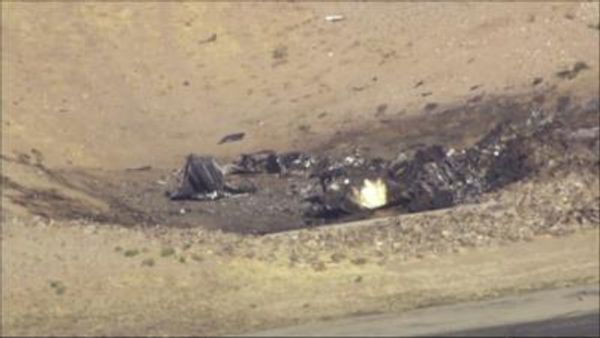India became the first nation to successfully land a craft on the Moon’s south pole on August 23, the latest milestone in a renewed push for lunar exploration that has drawn in both the world’s top space powers and new players.
New Delhi’s attempt came days after the crash-landing on the Moon of Russia’s Luna-25 probe.
Here is the latest on various missions to the celestial body:
India’s Chandrayaan-3
Chandrayaan-3, which means “Mooncraft” in Sanskrit, follows India’s successful launch of a probe into lunar orbit in 2008 and a failed lunar landing in 2019.
The mission launched in mid-July and orbited Earth several times to build up the necessary speed for its journey.
Following Wednesday’s successful landing, a solar-powered rover will explore the surface of the relatively unmapped lunar south pole and transmit data to Earth over its two-week lifespan.

The mission is the latest milestone in an ambitious but relatively cheap space programme that saw India become the first Asian nation to put a craft into orbit around Mars in 2014.
The Indian Space Research Organisation is also slated to launch a three-day crewed mission into Earth’s orbit by next year.
Russia’s Luna
The launch of Luna-25 on August 11 was the first such Russian mission in almost 50 years and marked the beginning of Moscow’s new lunar project.
On August 16, the lander was successfully placed in the Moon’s orbit but three days later, it “ceased to exist following a collision with the Moon’s surface”, space agency Roscomos said.
Also rea: Explained | What the fate of Luna 25 means for Russia
It had been set to land on the Moon’s surface and remain there for one year to collect samples and analyse soil.
Russian President Vladimir Putin has been working to strengthen space cooperation with China after ties with the West broke down following the start of Moscow’s invasion of Ukraine in 2022.
Moscow had hoped to build on the legacy of the Soviet-era Luna programme, marking a return to independent lunar exploration in the face of financial troubles and corruption scandals at its space programme.
China’s great leap
China is pursuing plans to send a crewed mission to the Moon by 2030 and build a base there.
The world’s second-largest economy has invested billions of dollars in its military-run space programme in a push to catch up with the United States and Russia.
China was the third country to place humans in orbit in 2003 and its Tiangong rocket is the crown jewel of its space programme, which has also landed rovers on Mars and the Moon.

The unmanned Chang’e-4 rocket landed on the far side of the Moon in 2019. Another robot mission to the near side raised the Chinese flag there in 2020.
That Moon landing brought rock and soil samples back to Earth, the first time that has been done in more than four decades.
NASA’s Artemis
NASA’s Artemis 3 mission is set to return humans to the Moon in 2025.
Under the Artemis program, NASA is planning a series of missions of increasing complexity to return to the Moon and build up a sustained presence so it can develop and test technologies for an eventual journey to Mars.
Artemis 1 flew an uncrewed spacecraft around the Moon in 2022.
Artemis 2, planned for November 2024, will do the same with crew on board.
NASA sees the Moon as a pitstop for missions to Mars and has done a deal with Finnish mobile firm Nokia to set up a 4G network there.
However it has said the Artemis 3 mission may not land humans on the Moon. That will depend on whether certain key elements are finished in time.
Elon Musk’s firm SpaceX won the contract for a landing system based on a version of its prototype Starship rocket, which remains far from ready.
An orbital test flight of the uncrewed Starship ended in a dramatic explosion in April.
New players
Recent technological progress has reduced the cost of space missions and opened the way for new players in the public and private sectors to get involved.
But getting to the Moon is not an easy task. Israeli non-profit organisation SpaceIL launched its Beresheet lunar lander in 2019 but it crashed.
And in April this year, Japan’s ispace was the latest company to try, and fail, at the historic bid to put a private lunar lander on the Moon.
Two U.S. companies, Astrobotic and Intuitive Machines, are set to try later in the year.







